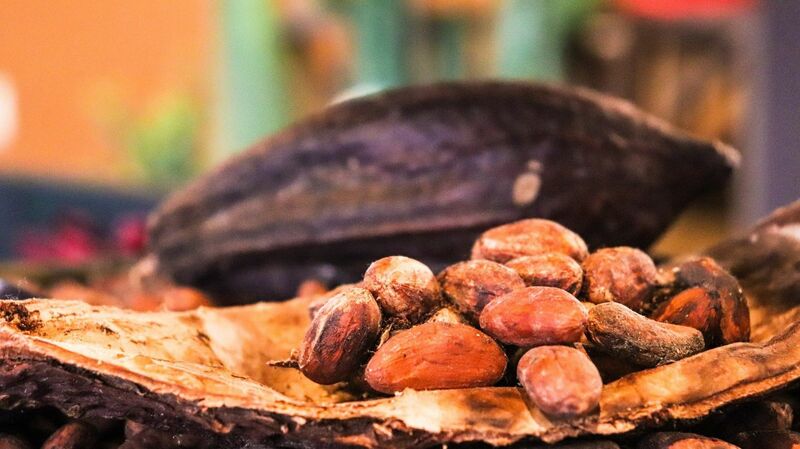
May ICE NY cocoa (CCK24) this morning is down -86 (-1.07%), and May ICE London cocoa #7 (CAK24) is up +17 (+0.25%).
Cocoa prices this morning are mixed. A stronger dollar today induced some long liquidation in cocoa futures after the dollar index rose (DXY00) to a 2-1/2 week high. Also, the action by ICE Futures to raise margin requirements to trade cocoa futures sparked long liquidation as the higher margins make it costlier to maintain trading positions.
Cocoa prices this week extended their two-month-long parabolic rally to new record highs on continued concern about tight cocoa supplies from West Africa.
Lower cocoa production in the Ivory Coast, the world's largest producer, is a major bullish factor for cocoa prices. Monday's government data showed Ivory Coast farmers shipped 1.26 MMT of cocoa to ports from October 1 to March 18, down -28% from the same time last year. The Ivory Coast cocoa regulator said on March 7 that it expects the Ivory Coast mid-crop, which officially starts in April and is the smaller of two annual harvests, to fall -33% to 400,000 MT from 600,000 MT last year. Trader Ecom Agroindustrial projects Ivory Coast 2023/24 cocoa production, which ends in September, will fall -21.5% y/y to an 8-year low of 1.75 MMT.
Also on the bullish side, ICE-monitored cocoa inventories held in U.S. ports fell to a 3-year low of 4,054,349 bags on Monday.
Cocoa found support when the International Cocoa Organization (ICCO) on February 29 projected that the global 2023/24 cocoa deficit would widen to -374,000 MT from -74,000 MT in 2022/23. ICCO projects global cocoa production in 2023/24 will fall by -11% y/y to 4.45 MMT, and global cocoa grindings will drop by nearly -5%, which would push the 2023/24 stock-to-grindings ratio to the lowest in more than 40 years.
Unfavorable growing conditions and crop disease on West African farms over the past year have curbed cocoa production and fueled a parabolic rally in cocoa prices. A global cocoa deficit is expected to extend into 2023/24 since current cocoa production is insufficient to meet demand. Also, cocoa prices are seeing support from the current El Nino weather event after an El Nino event in 2016 caused a drought and a rally in cocoa prices to a 12-year high.
Smaller cocoa exports from Nigeria, the world's fifth largest cocoa producer, are bullish for prices after Nigeria's Jan cocoa exports fell -15% y/y to 36,941 MT.
On January 25, the Ivory Coast cocoa regulator, Le Conseil Cafe-Cacao, halted forward cocoa sales for the 2024/25 season. The regulator halted forward sales until it had a clear picture of expected cocoa production in the Ivory Coast. The halt adds to the tumult of the region's cocoa supplies, and the impact could multiply supply concerns.
Record-high cocoa prices are starting to curb global demand. On January 12, the National Confectioners Association reported that 4Q North American cocoa grindings fell -3.0% y/y to 103,971 MT. Also, the Cocoa Association of Asia reported that Asian Q4 cocoa grindings fell -8.5% y/y to 211,202 MT. Finally, the European Cocoa Association reported that European Q4 cocoa grindings fell -2.5% y/y to 350,739 MT.
On the date of publication, Rich Asplund did not have (either directly or indirectly) positions in any of the securities mentioned in this article. All information and data in this article is solely for informational purposes. For more information please view the Barchart Disclosure Policy here.






